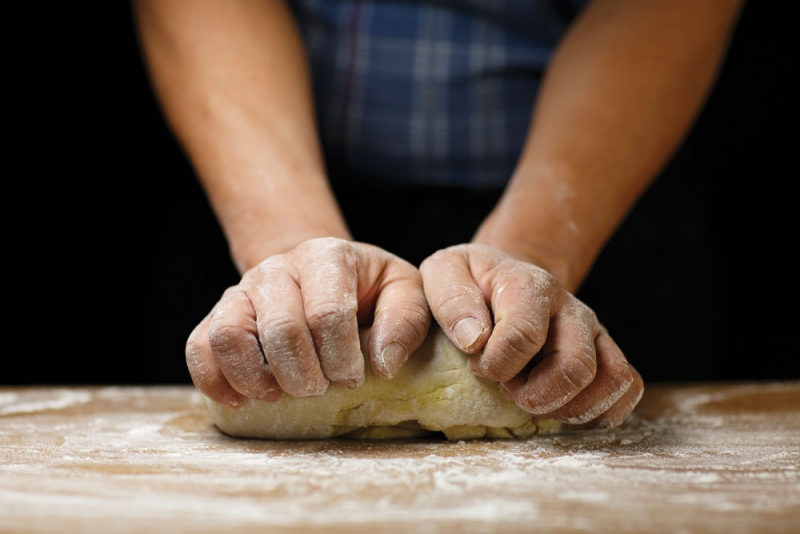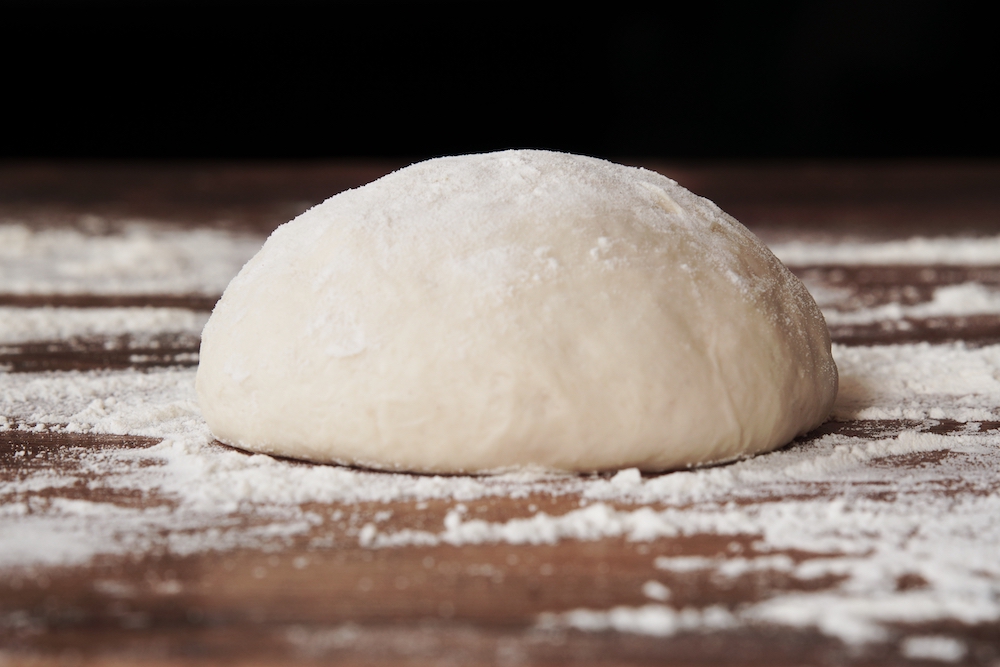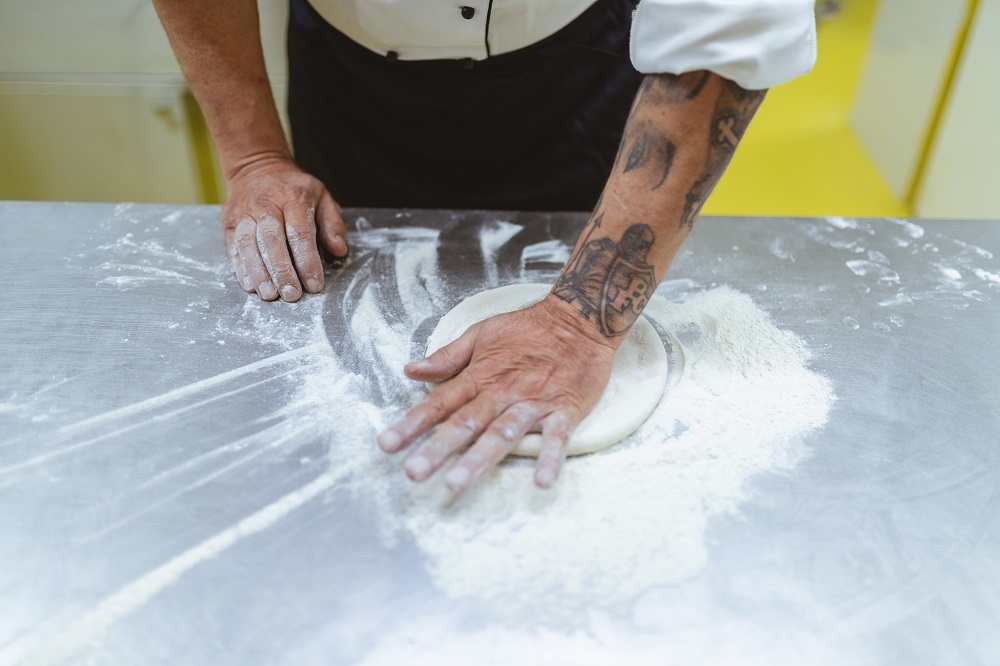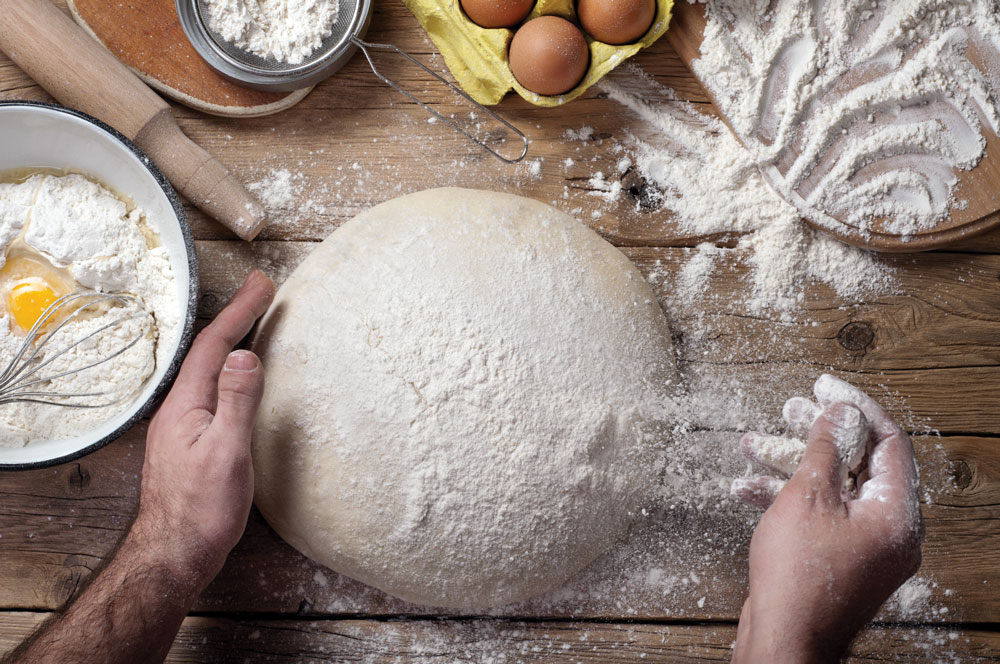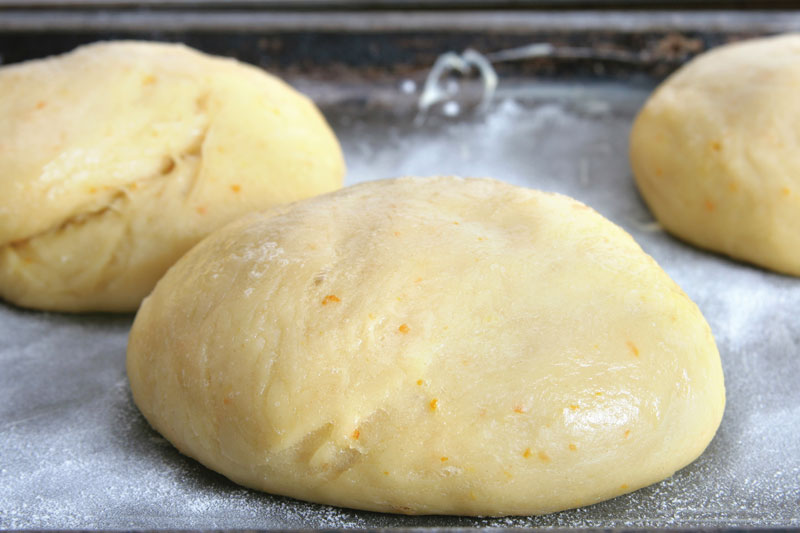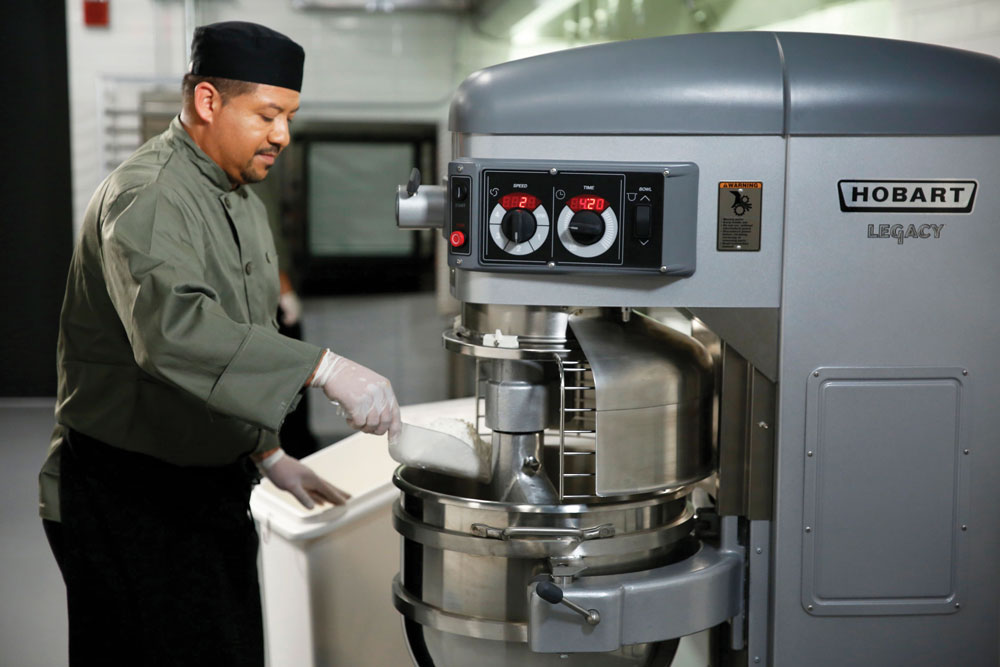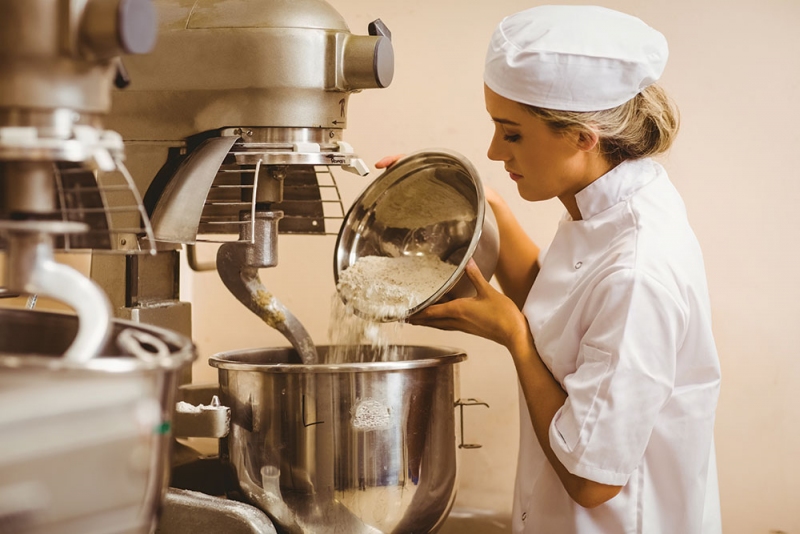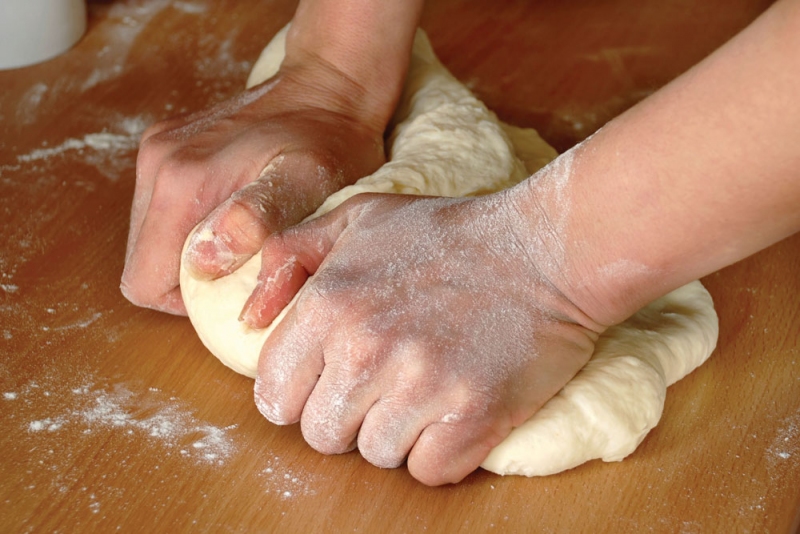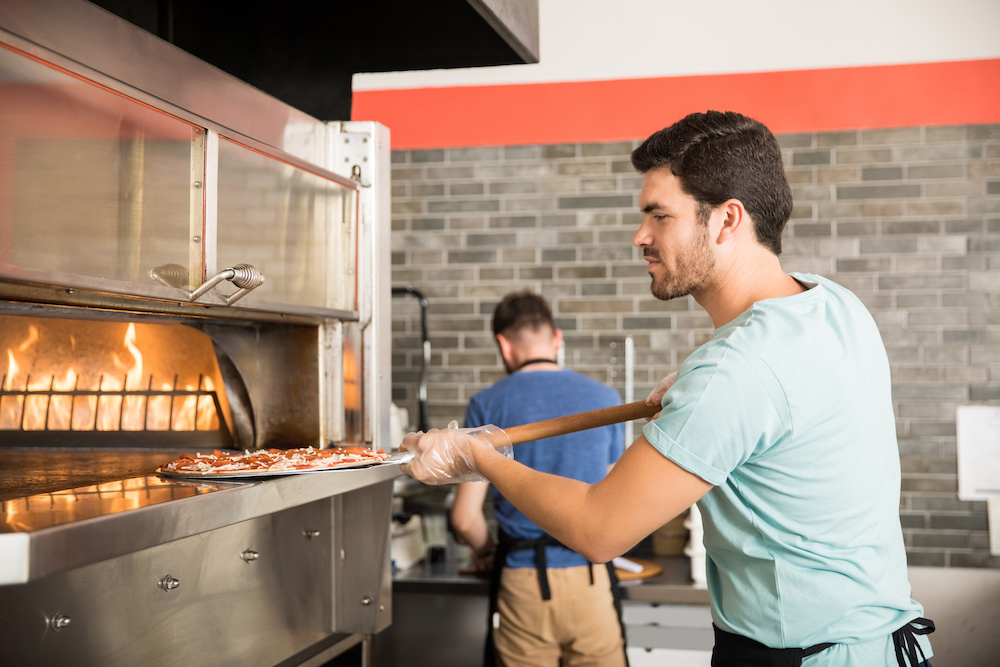Q Can you offer some tips for mixing and handling yeast prior to adding it to dough?
A I’ve seen many cases of improper yeast management. One pizza maker mixed his instant dry yeast (IDY) in cold water and let it stand for 10 minutes before adding it to the dough. Big mistake! The best way to add IDY is to just place it right on top of the flour when you’re ready to begin mixing. If you want to hydrate it, remember that IDY is very sensitive to water temperature. Place it in an amount of water that’s five times its weight at 95°F. This temperature is important—a variation of as few as 5°F can result in some loss of yeast and fermentative activity. Once the IDY is hydrated in the 95°F water, it can be poured into cold water without any harm.
Active dry yeast (ADY) needs to be prehydrated for the best performance. Place it in about five times its weight of water at 100°F, stir until thoroughly suspended and wait 10 minutes for activation to begin. Then add it to your regular dough water or right on top of the flour.
Finally, there’s compressed yeast, which is also called brick yeast, fresh yeast or wet yeast—it’s all the same yeast. Some put the yeast into water and stir it to achieve suspension; this doesn’t hurt anything as long as the water temperature is between 45°F and 100°F, but it’s pointless unless you’re using a VCM mixer. (For VCMs, all yeast, regardless of the type, must be suspended in water prior to adding it to the mixing bowl.) The best way to add compressed yeast to dough is to crumble it on top of the flour just before you start mixing. Don’t worry—it will get completely distributed throughout the dough during a normal mixing process of between eight and 10 minutes (or more). I don’t recommend mixing this type of yeast into the water in the mixing bowl with salt and sugar. If you get sidetracked and forget to start the mixer for several minutes, the yeast may be damaged due to extended contact with the salt and sugar.



